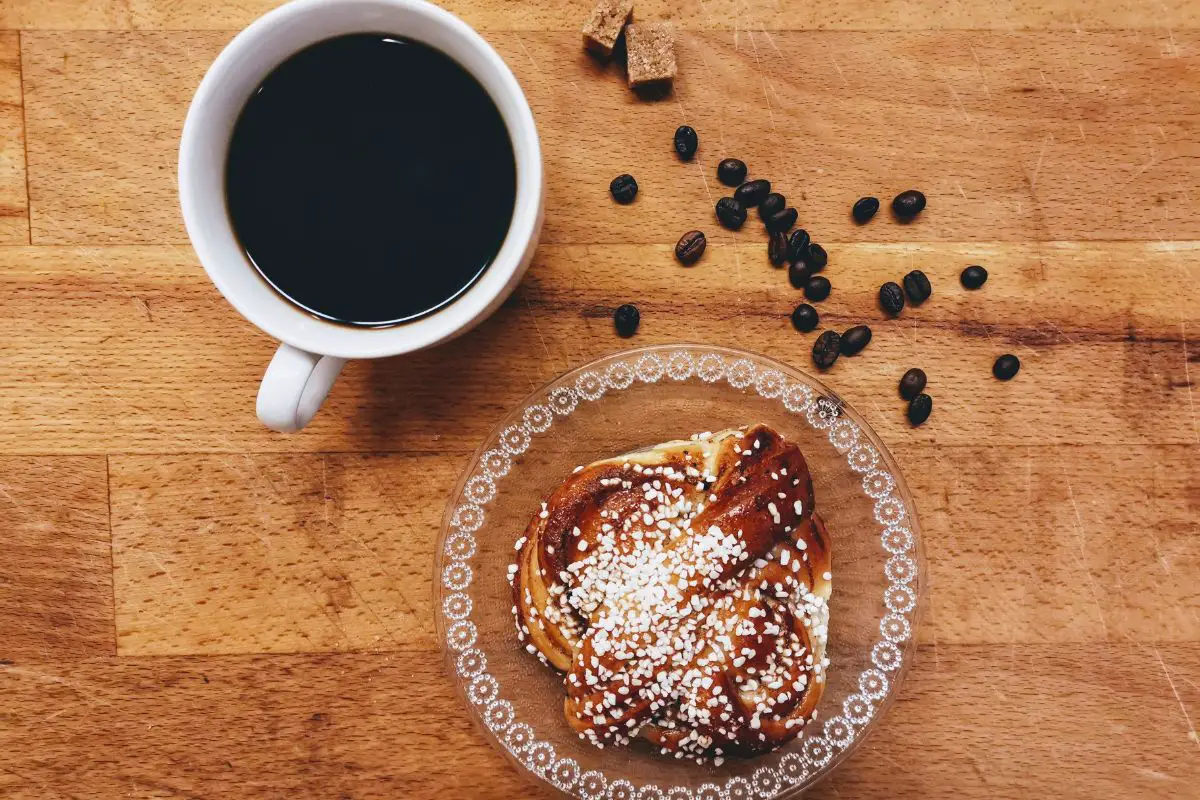Sweden is one of the 10 high consumers of coffee in the world. While billions of US citizens take 9 lbs of coffee per person each year, swedes take 18 lbs. So, coffee is an integral part of Swedish culture.
Coffee beans were first introduced in Sweden during the 1680s. At that time, they were only used for medicinal purposes.
King Charles XII started the tradition of drinking coffee in Sweden when he visited Turkey and was enthralled by their coffee-making.
That prompted him to bring Turkish coffee back to Sweden along with a cezve coffee maker for his enjoyment.
The habit of drinking coffee began from that point among the aristocracy, and with time it spread to the masses. It led to the opening of the first coffee house in Stockholm in 1710.
Although there were several coffee bans after that, the Swedes continued to enjoy coffee, ignoring any efforts to stop them.

What Type of Coffee do Swedish People Like?
Swedish people mainly use Arabica coffee beans to brew their coffee. They like boiled coffee, known as kokkaffe.
That may be because their culture is characterized by a simple way of preparing meals and beverages.
This easy method of coffee preparation only requires you to boil coarse coffee grounds in a pot or kettle for five to ten minutes to get a flavorful cup of coffee.
Preparing kokkaffe in this way ensures most of the great oils and sugars are extracted from the grounds in minutes. It’s a quick way to make your breakfast or evening cup of coffee.
The Swedish Tradition of Fika
Coffee and tea breaks are a favorite time for Swedes. They refer to these breaks as Fika and usually have them in the morning or afternoon.
The term Fika, pronounced “fee-Kuh,” was coined in the 19th century when people inverted the Swedish word “Kaffi” to “fika” to create a trendy slang term.
Coffee consumed during Fika is accompanied by sweet pastries known as fikabröd. Some examples are cinnamon buns (kanelbullar) and chocolate balls (chokladbollar).
Although Swedes take drinks like Lattes and Cappuccinos, they consume other traditional coffee drinks too. An example is egg coffee.
How to Make Swedish Egg Coffee
Swedish egg coffee is made by adding a whole egg to coffee, similar to how they make Vietnamese egg coffee. Here’s how to make it.
Ingredients
1 fresh egg
1 – 1 1/2 tbsp of coarse coffee grounds
1 1/2 cups of water
1 cup ice-cold water
Sugar and milk
A saucepan
A coffee filter
A small bowl
Directions
- Boil the water in a saucepan on the stove.
- While it is coming to a boil, crack an egg into a bowl, including the egg shells and add the coffee grounds. Stir the mixture to make an egg coffee slurry.
- Stir the egg coffee slurry into the boiling water and let the mixture simmer for 3 minutes, ensuring it does not overflow.
- Wait for the mix of egg and coffee grounds to clump up into a big chunk and float to the top of the brewing coffee.
- Splash ice-cold water onto the coffee grounds, and let the coffee stand for a few minutes to give the coffee grounds time to sink to the bottom.
- Now, filter the coffee through a coffee filter into a coffee mug. Add sugar and milk if you prefer.
- Enjoy your Swedish egg coffee with a cinnamon roll or chocolate cake.
The Origin of Making Swedish Egg Coffee
The tradition of making Swedish egg coffee started in the 1800s. It is associated with Scandinavian – Americans in the Lutheran church who had it during church gatherings. They referred to this coffee as “church basement coffee.”
Adding an egg to coffee makes it more nutritious and cuts down on its bitterness. It results in a smooth velvety coffee drink that you can have without any milk.
The longer you boil Swedish egg coffee, the better the flavors get. Leaving in eggshells during coffee brewing alkalizes the coffee; while boiling it kills any bacteria from the eggs.
Conclusion
Now you know how to say coffee in Swedish. You also have an idea of how to prepare Swedish coffee. If you ever get a chance to travel to that country, you’ll know what coffee to try.
You may also make a habit of preparing egg coffee at home and having it for your own Fika.
Egg coffee is nutritious, low in acid, and mellow. Try it! You may decide to have it every day in place of your regular coffee.
Related Article: